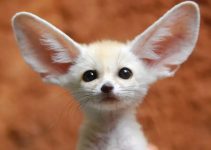Contents
The capybara, often referred to as the “gentle giant” of the rodent world, is a fascinating creature that embodies the essence of social harmony and peaceful coexistence. Native to South America, this remarkable animal is the largest rodent in the world and has captured the hearts of people worldwide with its calm demeanor and endearing social behavior. The capybara is more than just a curious oddity; it plays a vital role in its ecosystem and offers valuable insights into the benefits of social living. In this article, we celebrate the gentle nature and social harmony of the capybara, exploring its unique characteristics, ecological significance, and the lessons it teaches us about community and cooperation.
The Unique Characteristics of the Capybara
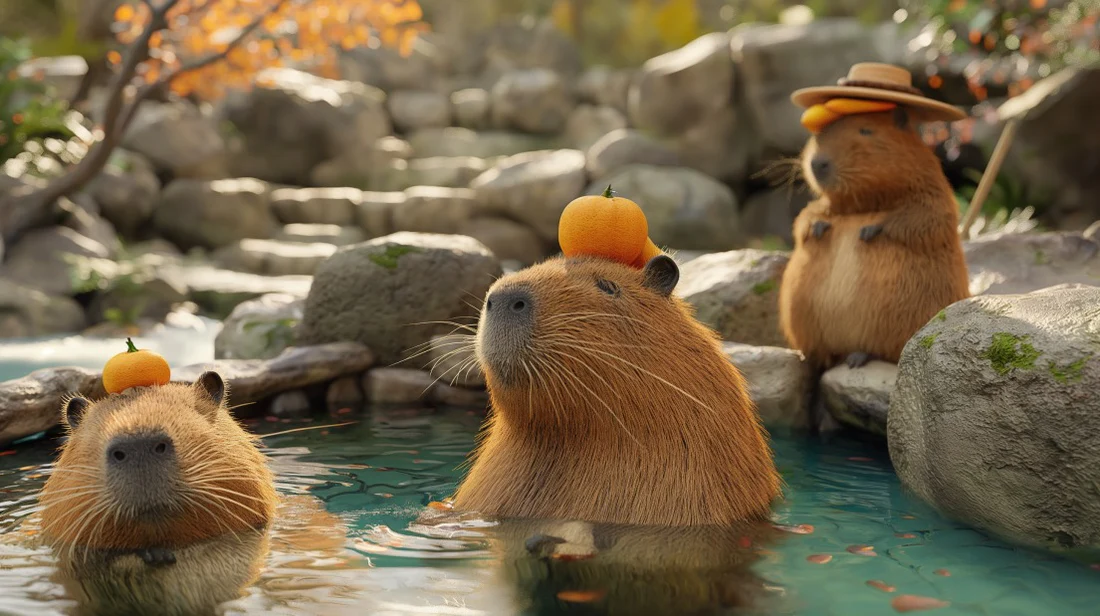
The capybara (Hydrochoerus hydrochaeris) is a semi-aquatic mammal that belongs to the Caviidae family, which includes guinea pigs and other caviomorph rodents. Standing about two feet tall at the shoulder and weighing up to 140 pounds, the capybara is an impressive sight. Its large, barrel-shaped body is covered in coarse, reddish-brown to grayish-brown fur, which helps it blend into the grassy marshlands, rivers, and wetlands that it calls home.
One of the most distinctive features of the capybara is its head, which is short and broad, with large eyes, small ears, and a blunt nose. These features are well-suited to the capybara’s semi-aquatic lifestyle, as its eyes, ears, and nostrils are positioned high on its head, allowing it to stay mostly submerged while keeping a lookout for predators. This adaptation helps the capybara remain alert and safe while swimming or resting in the water.
The capybara is an excellent swimmer, with partially webbed feet that aid in navigating through water. This ability is crucial for escaping predators and accessing the aquatic vegetation that makes up a significant portion of its diet. Capybaras are herbivores, feeding primarily on grasses, aquatic plants, and occasionally fruits and bark. Their digestive system is highly efficient at breaking down fibrous plant material, and they engage in coprophagy—eating their own feces—to extract additional nutrients, a common behavior among herbivorous mammals.
Beyond its physical characteristics, the capybara is known for its calm and friendly disposition. These animals are highly social and live in groups, typically consisting of 10 to 20 individuals, although larger groups of up to 100 have been observed in areas with abundant resources. The social structure of capybara groups is complex, with a dominant male leading the group and multiple subordinate males, females, and their offspring. This social harmony is maintained through a variety of vocalizations, scent marking, and grooming behaviors, all of which help to reinforce group cohesion and reduce conflict.
The Capybara’s Role in the Ecosystem
The capybara plays a vital role in its ecosystem, particularly in the wetland environments of South America. As a primary herbivore, the capybara helps to regulate the growth of aquatic and terrestrial vegetation, preventing any one species from becoming too dominant. This, in turn, supports a diverse array of plant and animal life within these ecosystems.
By grazing on grasses and other plants, capybaras also help maintain the health of the wetlands by promoting the growth of new vegetation and preventing the overgrowth of certain species. This grazing behavior benefits other herbivores and provides open areas where birds and other wildlife can forage and nest. Additionally, the capybara’s habit of frequenting water bodies contributes to the aeration and mixing of water, which can improve water quality and support aquatic life.
The capybara is also an important prey species for several large predators, including jaguars, pumas, anacondas, and caimans. Its presence in the food chain helps sustain these predators and contributes to the overall balance of the ecosystem. The capybara’s ability to reproduce relatively quickly—females can give birth to litters of four to six young twice a year—ensures that its populations can withstand predation pressure and continue to thrive.
In addition to its ecological role, the capybara also influences the physical landscape of its habitat. As it moves through wetlands and forests, the capybara creates trails and pathways that other animals use, facilitating movement and access to resources. These trails can also help prevent soil erosion by stabilizing the ground in areas prone to flooding or heavy rainfall.
The Social Harmony of the Capybara
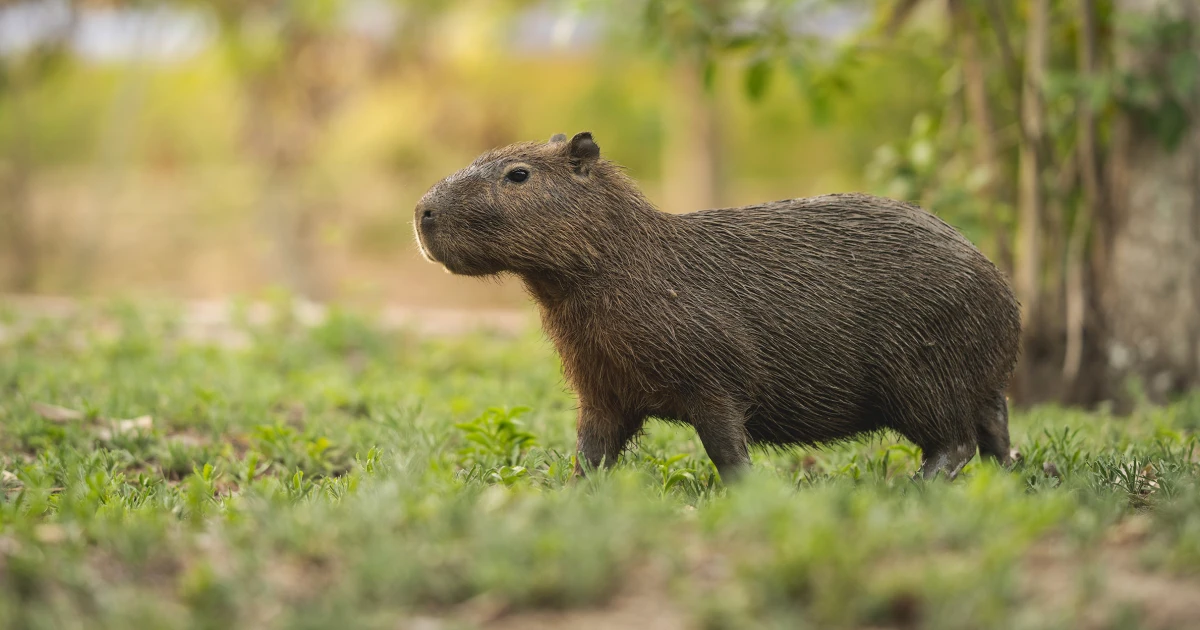
One of the most remarkable aspects of the capybara is its highly social nature. These animals live in close-knit groups that exemplify cooperation, communication, and mutual support. The social structure of capybara groups is based on a clear hierarchy, with a dominant male leading the group and maintaining order. Subordinate males, females, and their young all play specific roles within the group, contributing to its overall stability and success.
Communication is key to maintaining social harmony within capybara groups. These animals use a wide range of vocalizations to convey information, from whistles and purrs to barks and grunts. Each sound has a specific meaning, whether it’s signaling the presence of a predator, coordinating movement, or expressing contentment. In addition to vocalizations, capybaras engage in scent marking using specialized glands located on their noses and anal regions. Scent marking helps define territory, identify individuals, and reinforce social bonds.
Grooming is another important social behavior among capybaras. Members of the group frequently groom each other, using their teeth to remove parasites and dirt from one another’s fur. This behavior not only helps keep the capybaras clean and healthy but also strengthens social bonds and reduces tension within the group. Grooming is often observed between individuals of different ranks, indicating that it plays a role in reinforcing group cohesion and reducing conflict.
The cooperative nature of capybara groups extends to parenting as well. While each female cares for her own young, it is not uncommon for other members of the group to assist in the care and protection of the offspring. This collective approach to parenting ensures that the young are well-guarded and cared for, increasing their chances of survival. The close bonds between group members also mean that capybaras are rarely seen alone; they find safety and comfort in numbers, which is essential for their survival in the wild.
The Capybara’s Appeal to Humans
The capybara’s gentle nature, social behavior, and endearing appearance have made it a favorite among animal enthusiasts around the world. In recent years, the capybara has gained a significant following on social media, where videos and images of these friendly giants lounging in hot springs, cuddling with other animals, or simply going about their daily activities have captivated audiences. This online popularity has helped raise awareness about the capybara and its natural habitat, fostering a greater appreciation for these remarkable creatures.
In addition to its online fame, the capybara is also a popular attraction in zoos and wildlife parks, where visitors can observe these animals up close and learn about their behavior and ecological role. Capybaras are often featured in educational programs that highlight the importance of wetland conservation and the need to protect the diverse ecosystems in which they live.
The capybara’s appeal is not limited to its cute and friendly demeanor; it also serves as an ambassador for the importance of social harmony and cooperation. The way capybaras live and interact with one another offers valuable lessons about the benefits of community, communication, and mutual support. By observing capybaras, we can gain insights into the ways in which social animals, including humans, can work together to create harmonious and thriving communities.
Conservation of the Capybara
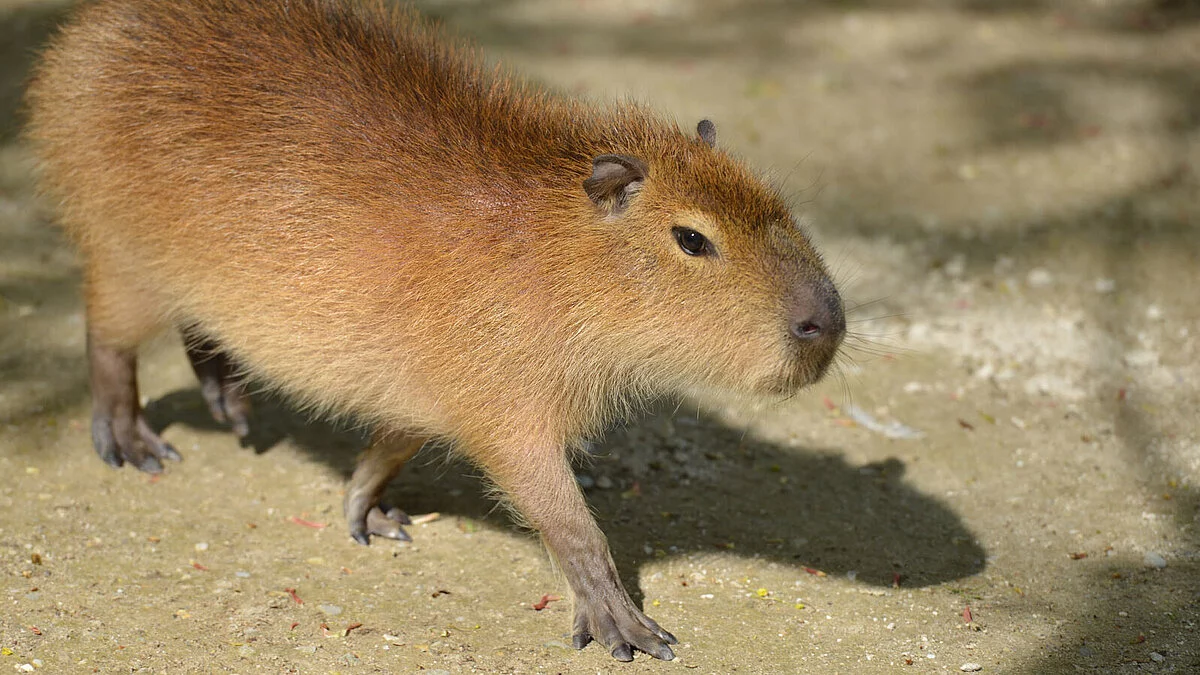
While capybaras are not currently considered endangered, they face several challenges that could impact their populations in the future. Habitat loss due to agriculture, urbanization, and deforestation is one of the primary threats to capybaras. As wetlands and forests are cleared for human use, capybaras lose the natural habitats they depend on for food, shelter, and reproduction.
In some areas, capybaras are also hunted for their meat and hides, which are valued in certain cultures. Overhunting can lead to localized declines in capybara populations, particularly in regions where they are not protected by conservation laws. Additionally, capybaras may come into conflict with humans when they enter agricultural areas in search of food, leading to their classification as pests in some regions.
Conservation efforts aimed at protecting capybaras focus on preserving their natural habitats and promoting sustainable land use practices. Wetland conservation is particularly important, as these ecosystems provide critical resources for capybaras and many other species. By protecting and restoring wetlands, we can help ensure that capybaras have the space and resources they need to thrive.
Education and public awareness are also key components of capybara conservation. By teaching people about the ecological role of capybaras and the importance of wetlands, conservation organizations can foster a greater understanding of the need to protect these animals and their habitats. In areas where capybaras are hunted, promoting sustainable hunting practices and enforcing wildlife protection laws can help reduce the impact of hunting on capybara populations.
The Future of the Capybara: Challenges and Opportunities
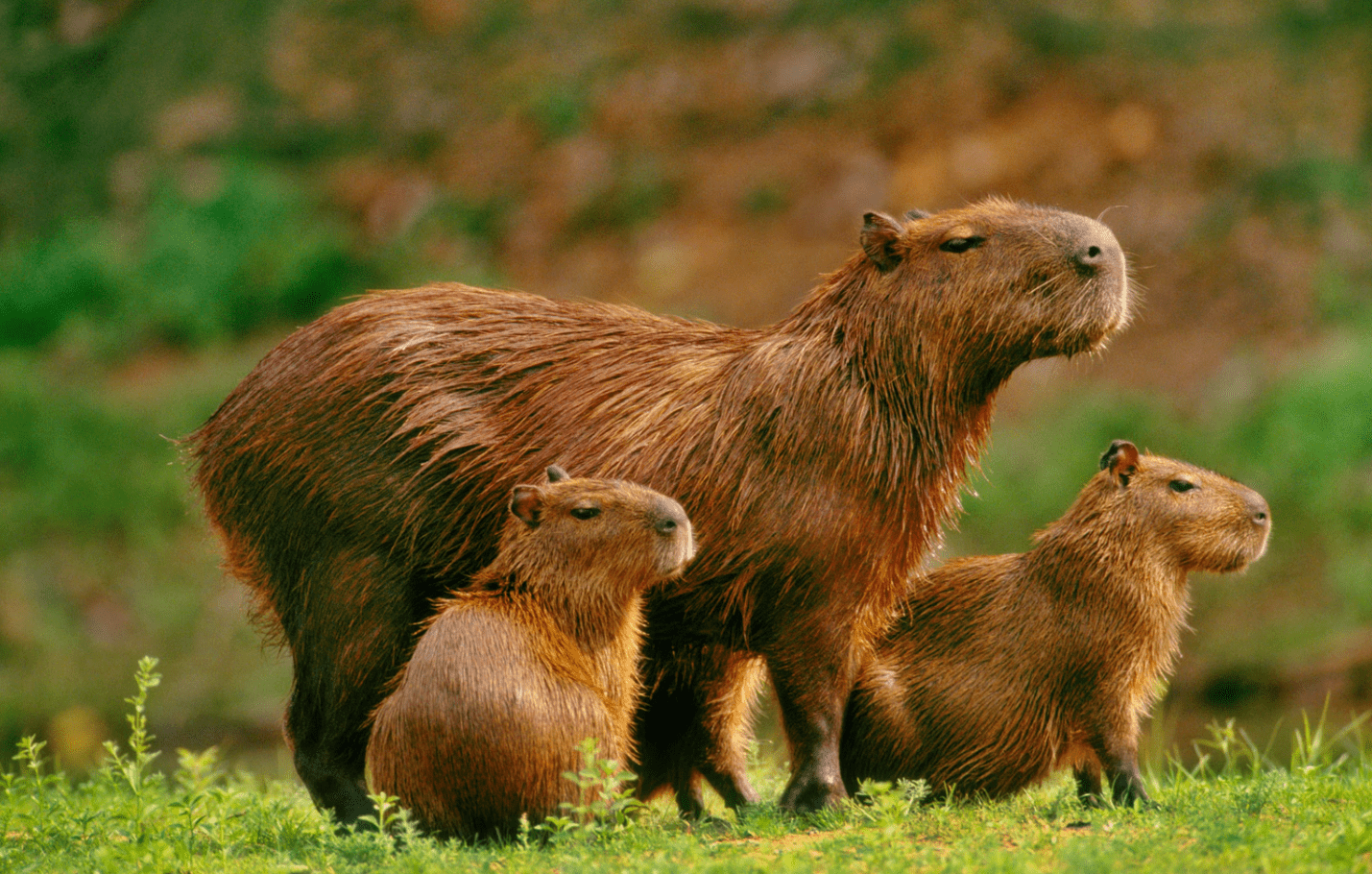
As we look to the future, the capybara will continue to face both challenges and opportunities. Climate change, habitat destruction, and human-wildlife conflict are all potential threats that could impact capybara populations. However, with the right conservation strategies in place, there is hope that these gentle giants will continue to thrive in their natural habitats.
One of the most promising opportunities for capybara conservation lies in community-based conservation initiatives. By involving local communities in conservation efforts, we can create a more sustainable and inclusive approach to protecting capybaras and their habitats. These initiatives can help promote sustainable land use practices, protect wetlands, and reduce human-wildlife conflicts.
Research is also an important aspect of capybara conservation. By studying the behavior, ecology, and genetics of capybaras, scientists can gain valuable insights into their needs and vulnerabilities. This research can inform conservation strategies and help develop more effective ways to protect capybara populations.
Conclusion
The capybara is a symbol of gentle strength, social harmony, and the importance of community. As the largest rodent in the world, the capybara plays a vital role in its ecosystem and offers valuable lessons about the benefits of cooperation and peaceful coexistence. By celebrating the capybara and working to protect its situstoto natural habitat, we can ensure that this remarkable animal continues to thrive for generations to come. Through continued conservation efforts, public education, and a commitment to sustainable practices, we can help preserve the gentle giant of the animal kingdom and the social harmony it represents.



